Spartan Blade’s Modern Take on an American Classic
Spartan Blades has a reputation for making fighting knives. The Spartan-Harsey Nessmuk draws on some of those traditions, but also pays homage to old Nessmuk himself, the 19th century outdoor icon who changed the way a generation of Americans who idolized the Bowie by introducing them to a small, thin, lightweight fixed blade that would come to be known as the Nessmuk. How close has Spartan come to a modern take on the original?
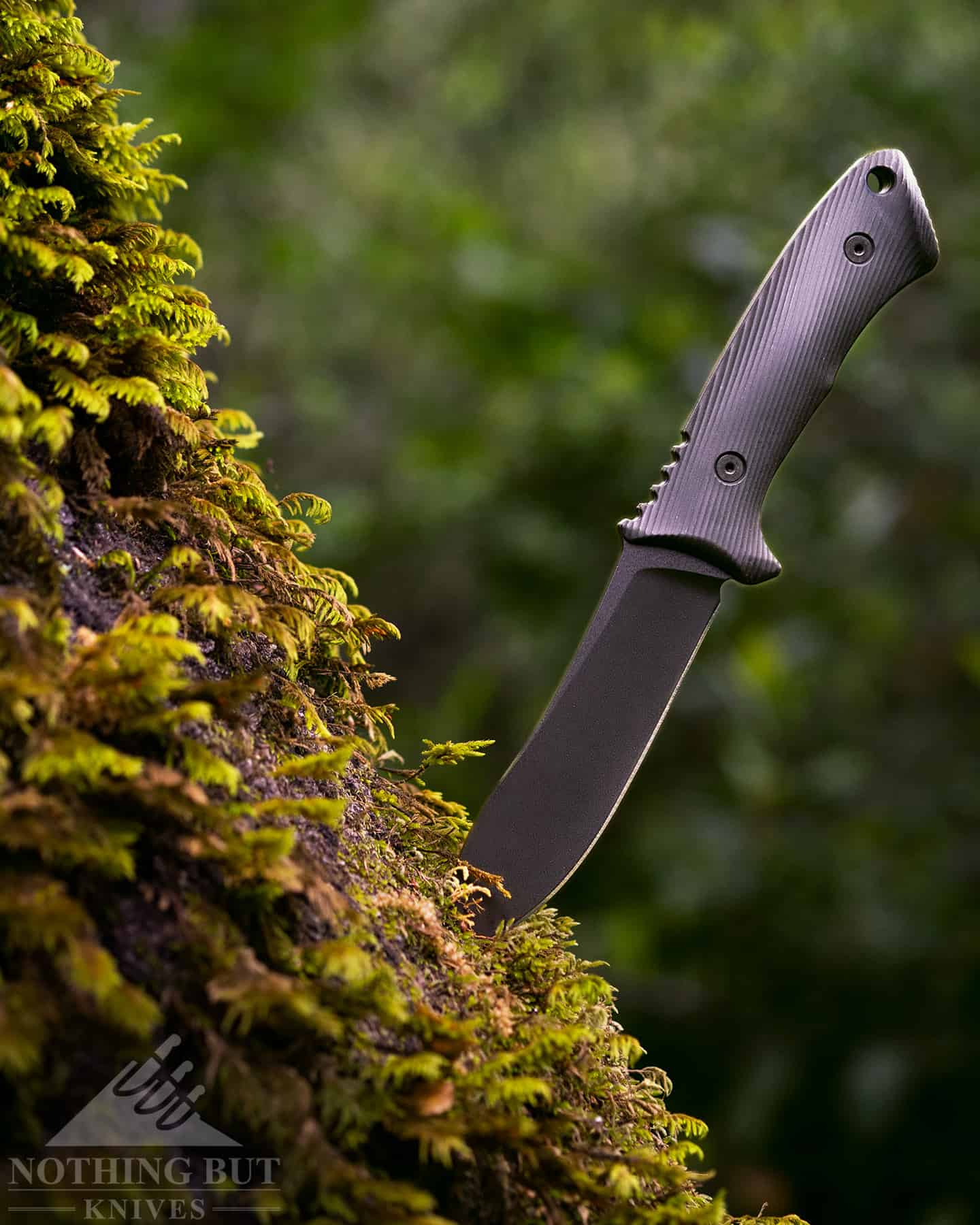
Specifications
| Blade Length | 5.125 |
| Blade Edge | Plain |
| Blade Steel | 1095 Cro-Van |
| Blade Finish | Satin |
| Blade Thickness | 0.1875″ |
| Overall Length | 10” |
| Designer | William W. Harsey Jr. |
| Blade Hardness | 56-58 HRC |
| Style | Classic American Nessmuk |
| Sheath Material | Thermoplastic |
| Weight | .68 LBS |
| Blade Coating | Black Powder Coat |
| Handle Material | Black injection molded |
Pros
| The Spartan-Harsey Nessmuk is a big beast of a Nessmuk. |
| The design is well suited for bushcraft. |
| The handle is exceptionally ergonomic. |
Cons
| The knife is thicker and heavier than some traditional Nessmuks. |
| Jimping over the handle, not out on the blade. |
The strengths of this design—at least for those Nessmuk purists—are also the weaknesses. Note: when it comes to the Nessmuck, I can appreciate the original design, but I’m not a purist. I can appreciate this for what it is.
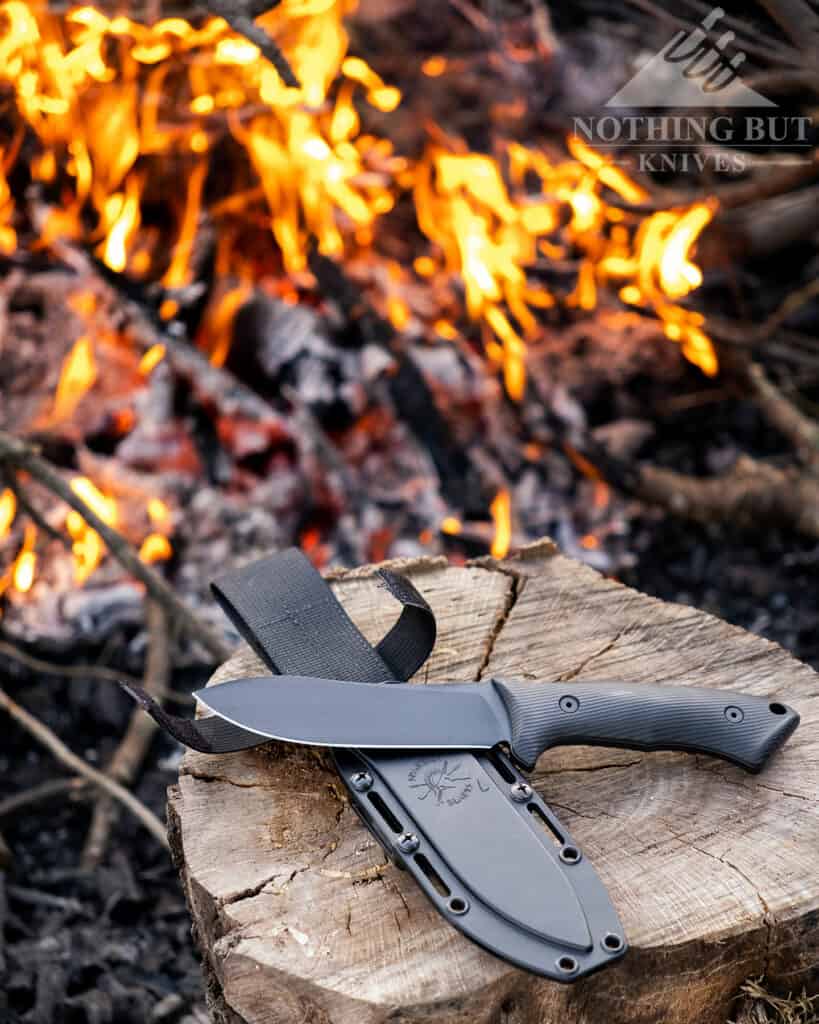
Bushcraft knives inspire a lot of heated debate, and the Nessmuk may be the most controversial one in the conversation. While many know the true value of the Kephart design, the Nessmuk is more complicated. And the new Spartan-Harsey Nessmuk blurs those lines even more. Could this be the best bushcraft Nessmuk to make it into production?
Who is This Nessmuk Dude, Anyhow?
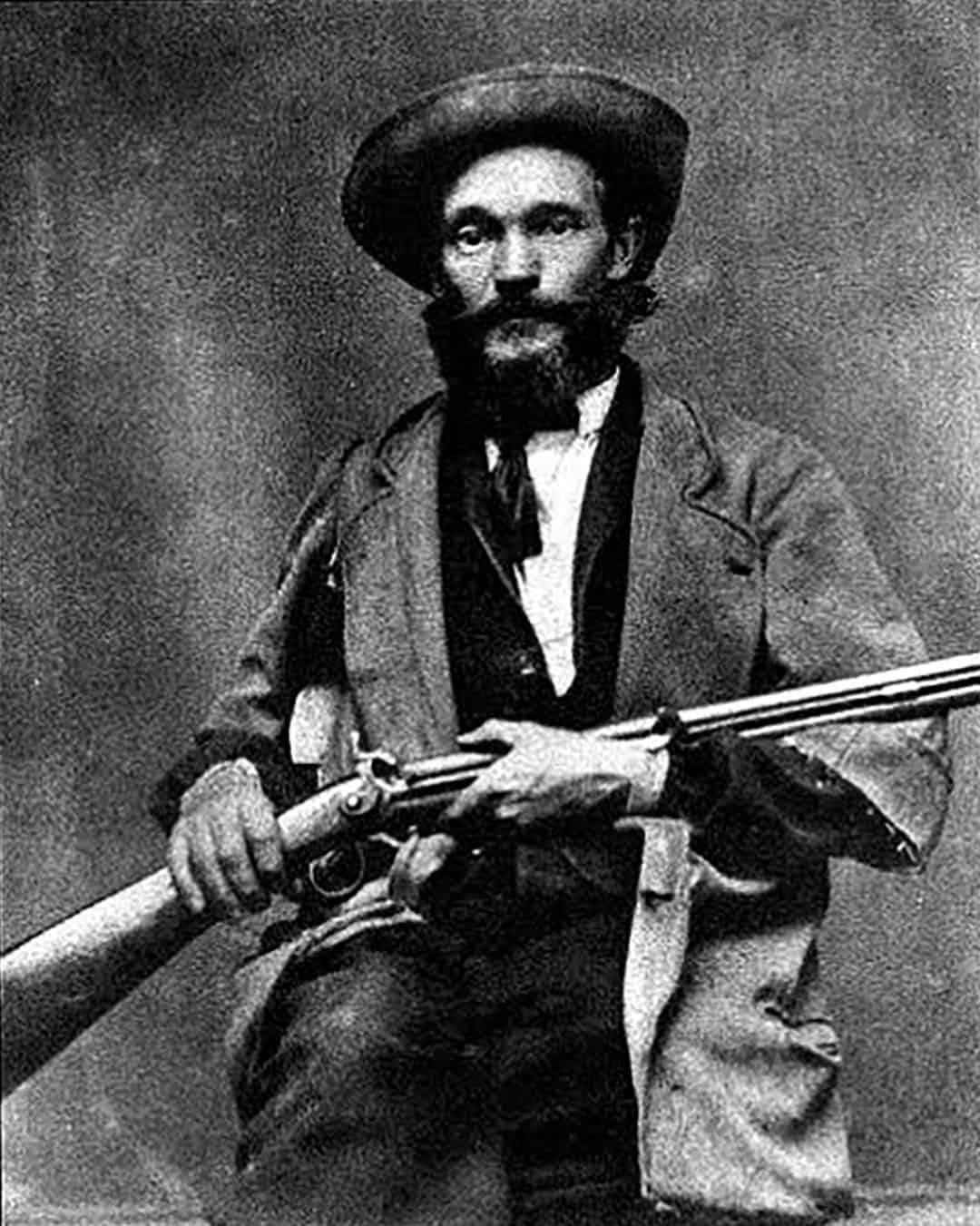
George Washington Sears (1821-1890) was an avid paddler, hunter, and outdoorsman in a century that saw much of America shift wildly away from its agrarian roots. This was just before the dawn of the industrial revolution—a time of slavery and emancipation, of Native American genocide, and the first awakening of an environmental movement that is still struggling to find a foothold today.
Sears was there in the midst of it—almost always trying to escape the confines of society by heading into the wilderness, often alone. When he wrote of his adventures, he used the pen name Nessmuk—which he explained had been the name of a Narragansett Algonquian mentor who had taught him survival skills when Sears was a boy. Nessmuk means “wood drake” in Algonquian and seemed a fitting homage to his old friend.
In 1884, Sears published a book called “Woodcraft,” which has been go-to for generations who want to get back to the basics. The skills Sears outlined in “Woodcraft” are the fundamentals of the modern bushcraft movement.
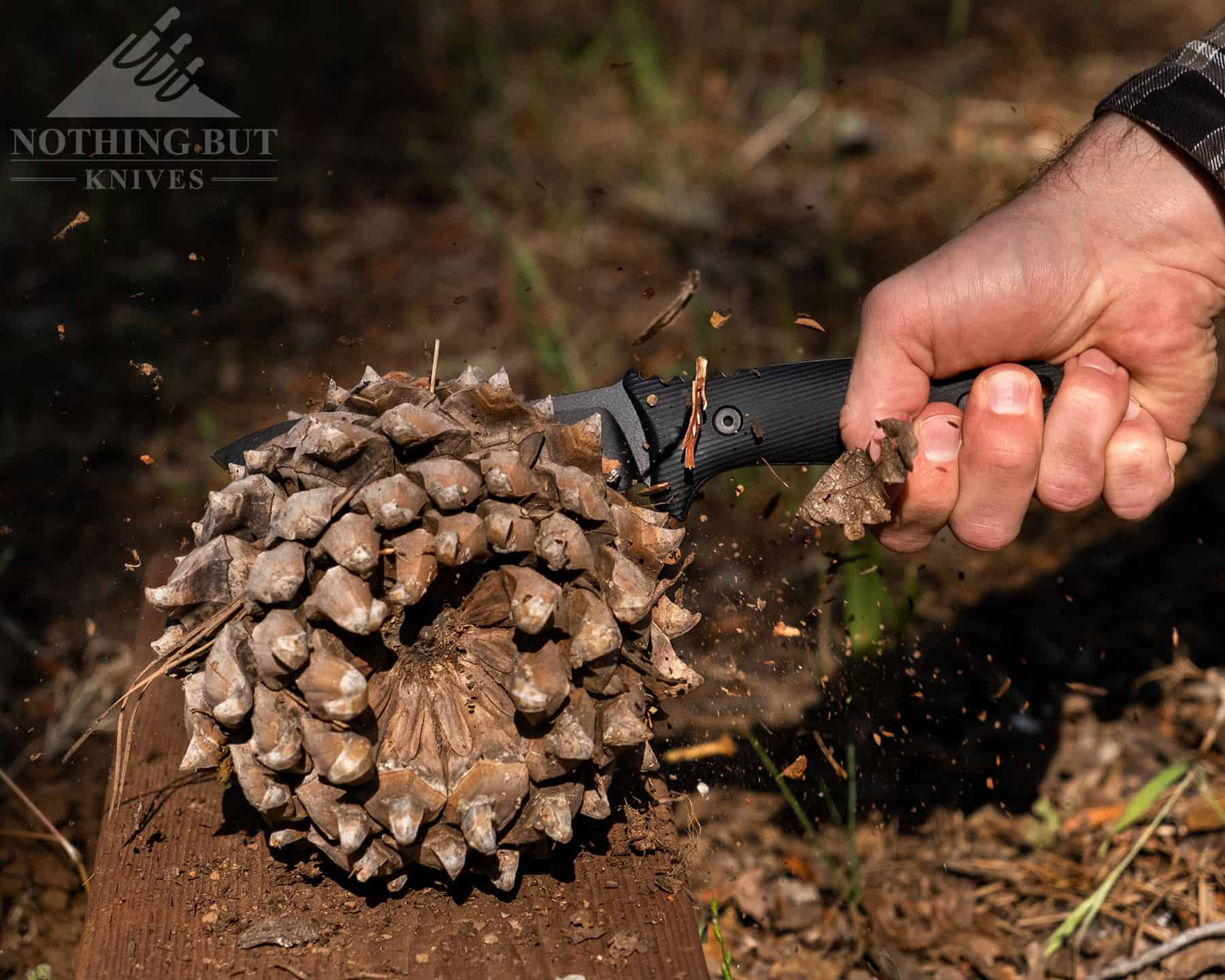
Sears pioneered the idea that you don’t have to be Paul Bunyan to make it in the wilds. He was slight, and just over five feet tall. He worked with his environment, not against it. And he made a similar argument for his knife.
In “Woodcraft,” Sears outlined how a cruiser double-bit, a basic bull-nosed skinner, and a two-bladed jack knife are all you really need to survive in the woods. The fixed blade knife part of the “Nessmuk Trio” has come to be known as the “Nessmuk.”
What is a Nessmuk?
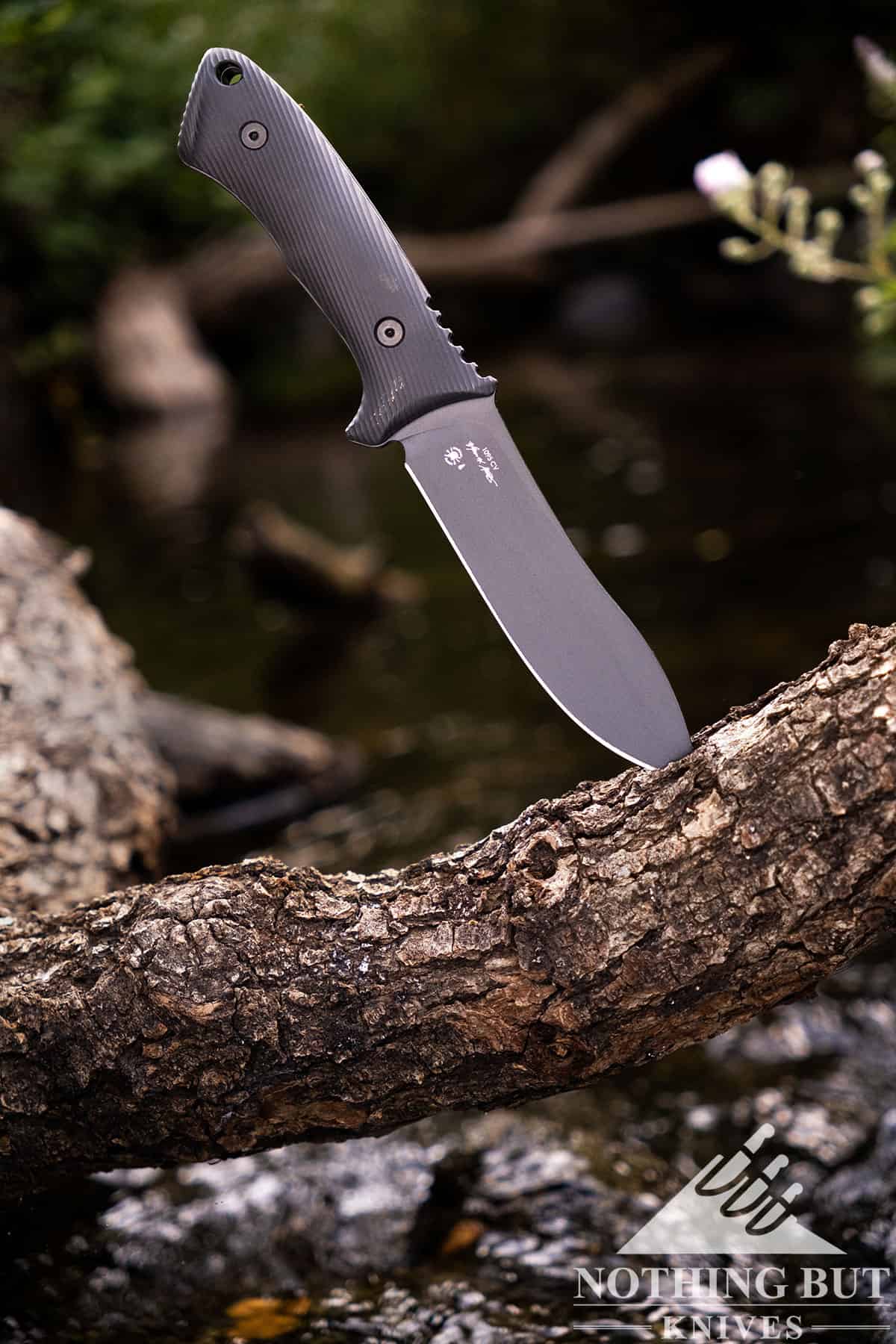
The Spartan-Harsey Nessmuk is a beast. The blade has far more in common with early Becker designs than it does a traditional Nessmuk, which is almost always thin. Skinning blades of the 19th century were thin and had this swell at the nose.
Why does the tip flare up? Some who have guessed about the origin of the blade think it might have been cut down from a butcher or skinning knife of the era. That’s possible. The Green River line that’s still available today shows how it could be possible. But where did that design come from?
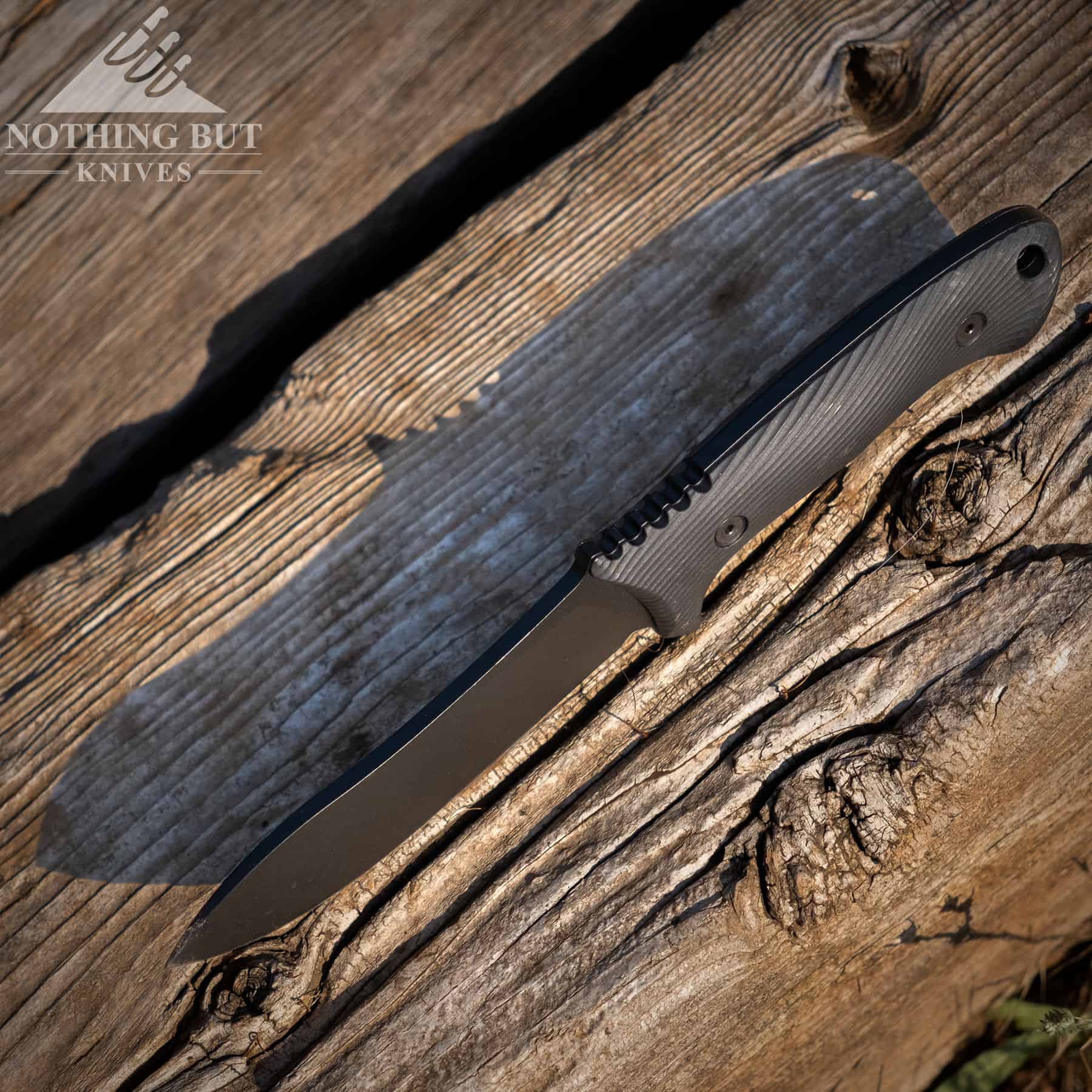
My personal feeling is that the blade was made by an amateur blacksmith. I know from my own personal attempts at moving steel that as you hammer down the cutting edge, thinning it out with short blows from the hammer, that the spine begins to develop a concave curve. As you move to the tip, this is accentuated. The only way to fix the problem is with stock removal, and—in the era before the 2×72 belt grinder–stock removal was a pain in the ass.
Either way, the Nessmuk blade was thin, curved up at the end, and ideal for fleshing a hide.
The Spartan-Harsey Take on the Classic
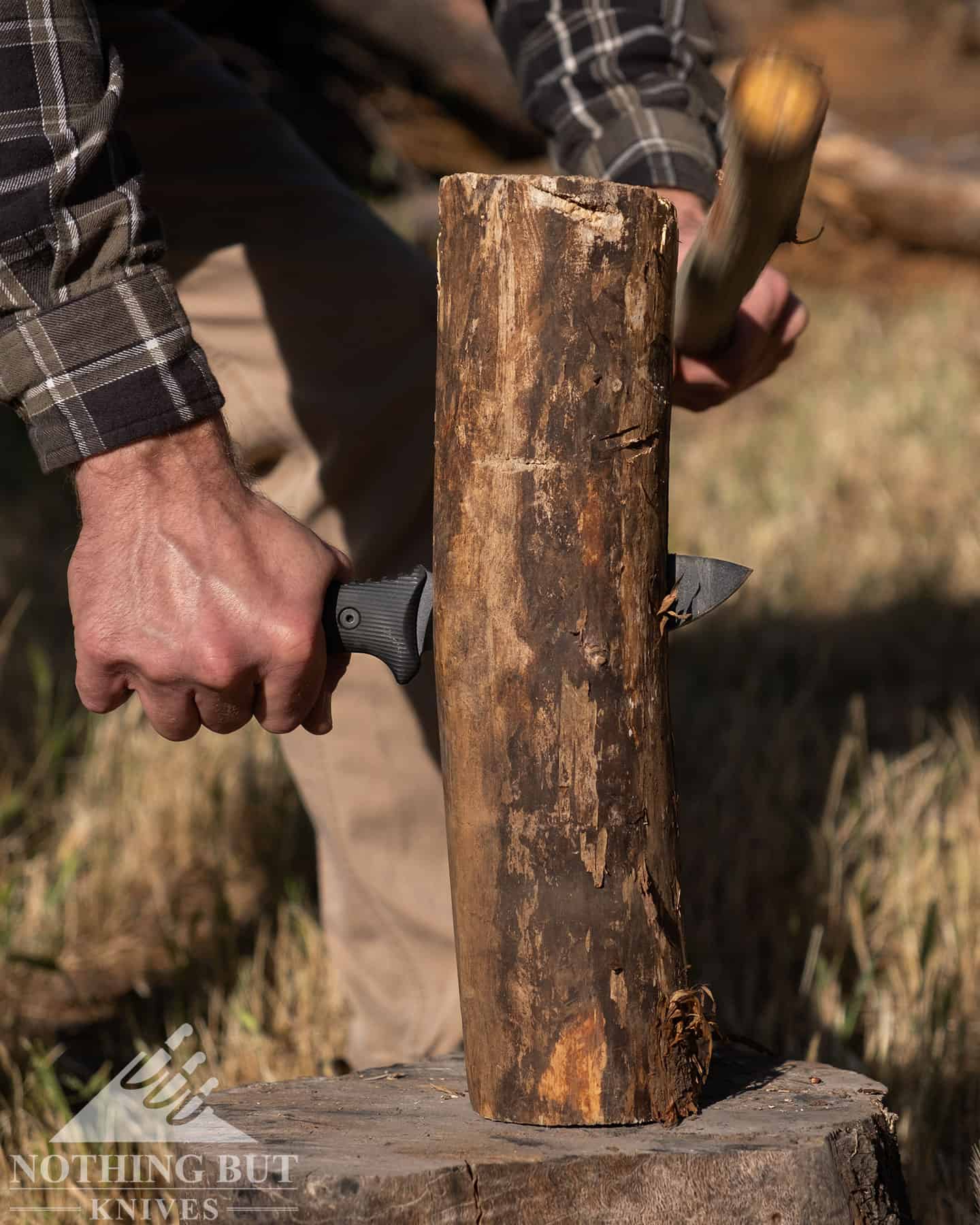
The Spartan Harsey Ness has been built for serious bushcraft chores. The blade is shaped like a traditional Nessmuk, but the feel of this design in the hand evokes more contemporary bushcraft blades.
This knife has some heft to it. Most of that is in the width of the blade stock–almost 1/5 of an inch. The handle on this is generous, and it doesn’t feel like there’s been much weight reduction in it, so that mass is there, too. The balance is superb, but it is a substantial design.
The Ergonomics
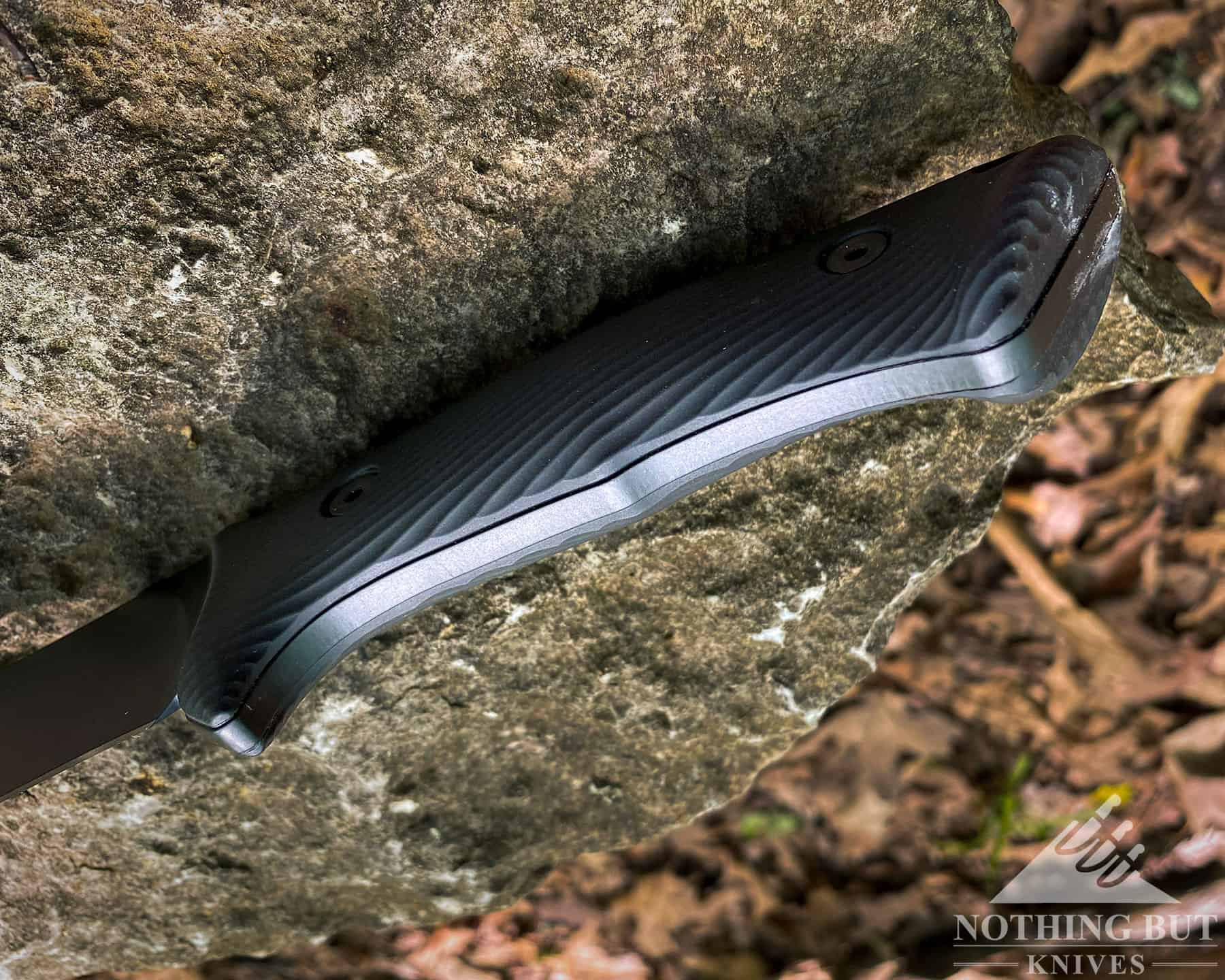
I’ve got decently sized hands. When I grab the handle in an aggressive, full-fisted grip, the curve at the front and back force my fingers into each other. It doesn’t feel cramped, though, at all. And the swell at the front of the handle and the rear both offer positive stops.
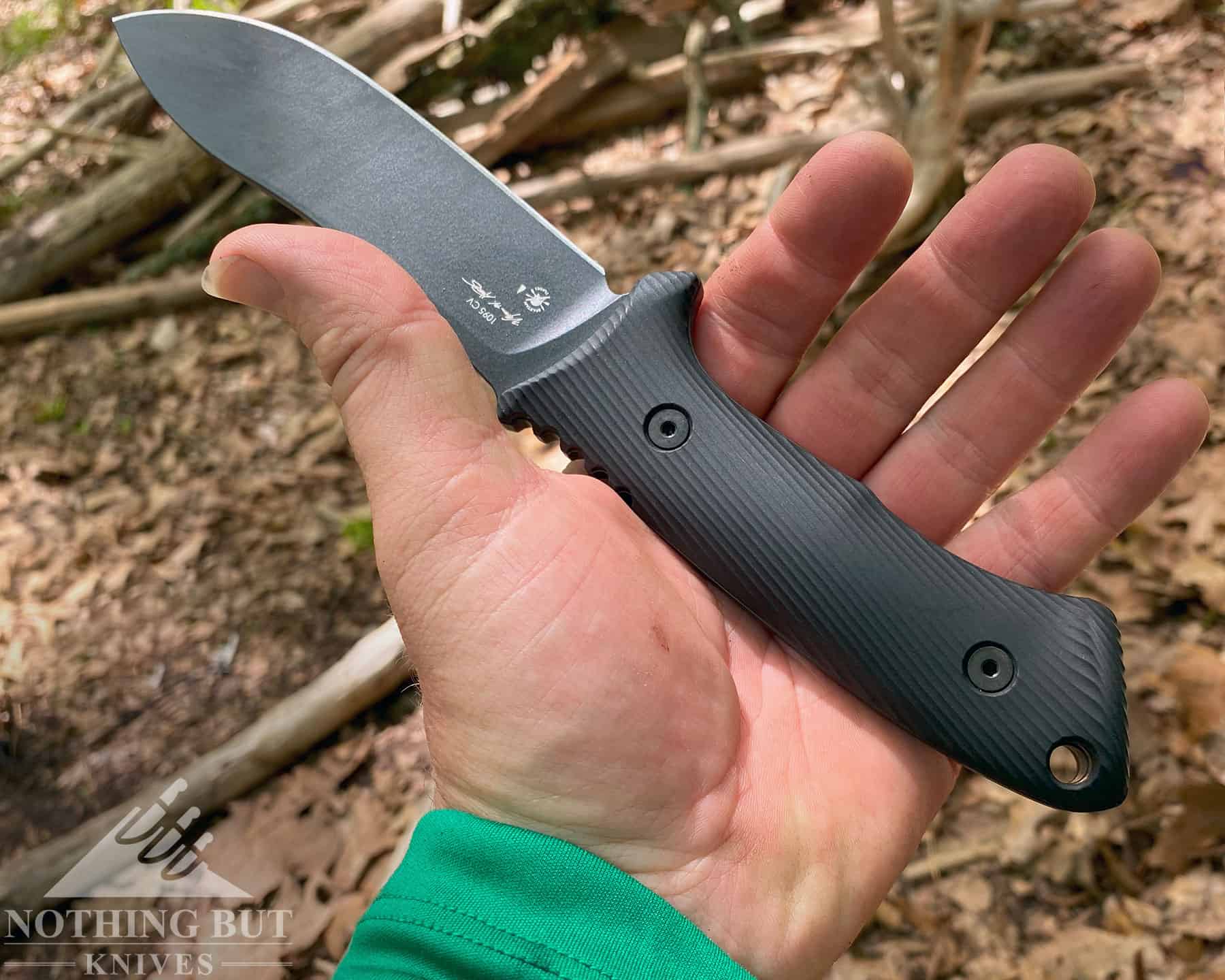
The rear, especially, flares out, allowing for strong arcing swings during chopping. This is not how an original Nessmuk would have been used, at all (that’s what the axe was for). But it puts this in a capable class of choppers and knives used for batoning.
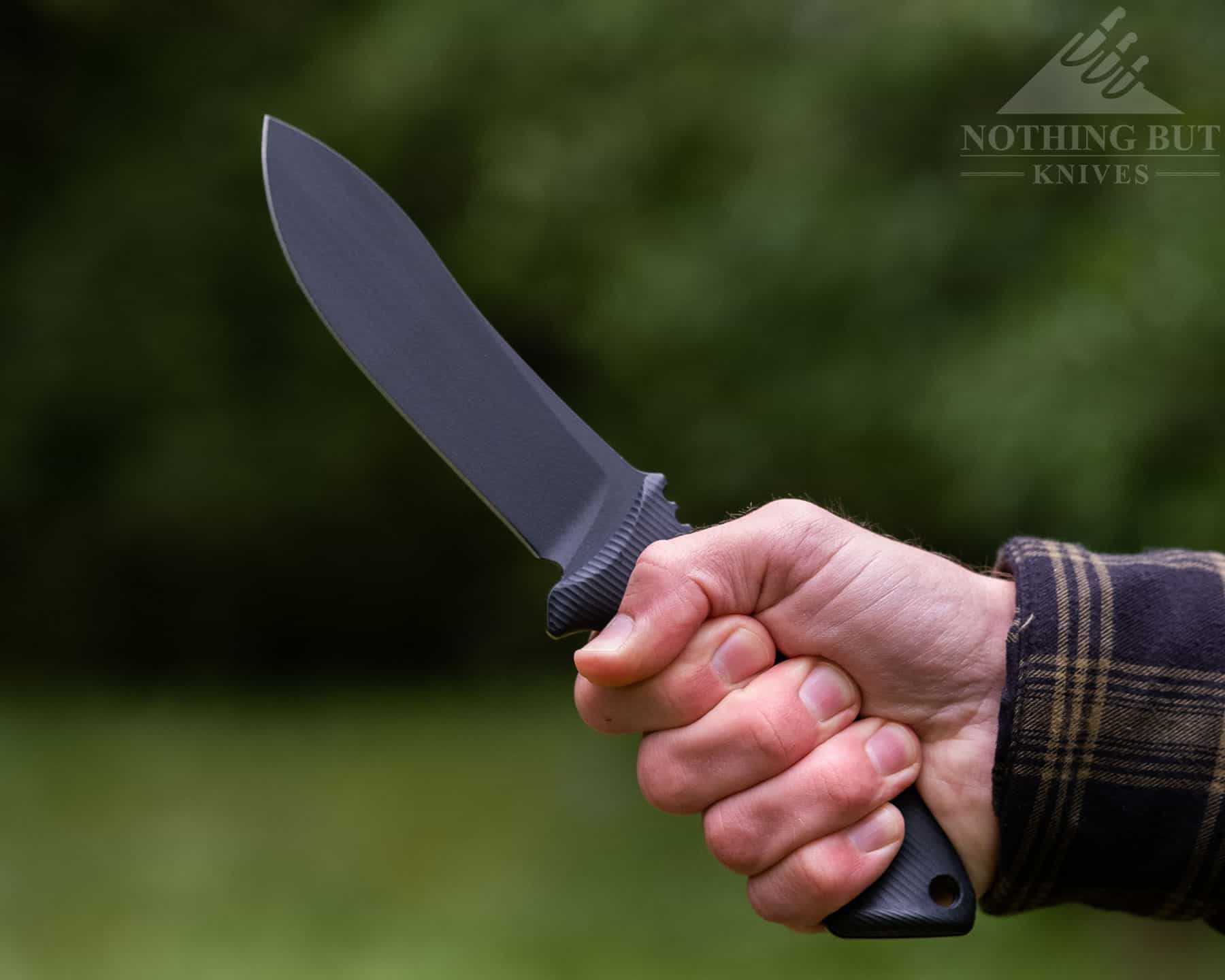
Though the scales are hard plastic–possibly FRN. Though the material is not my favorite, the texture of these feels really nice. There’s good grooves there and I had no problems with my grip, even when the knife was wet.
Testing out the Nessmuk
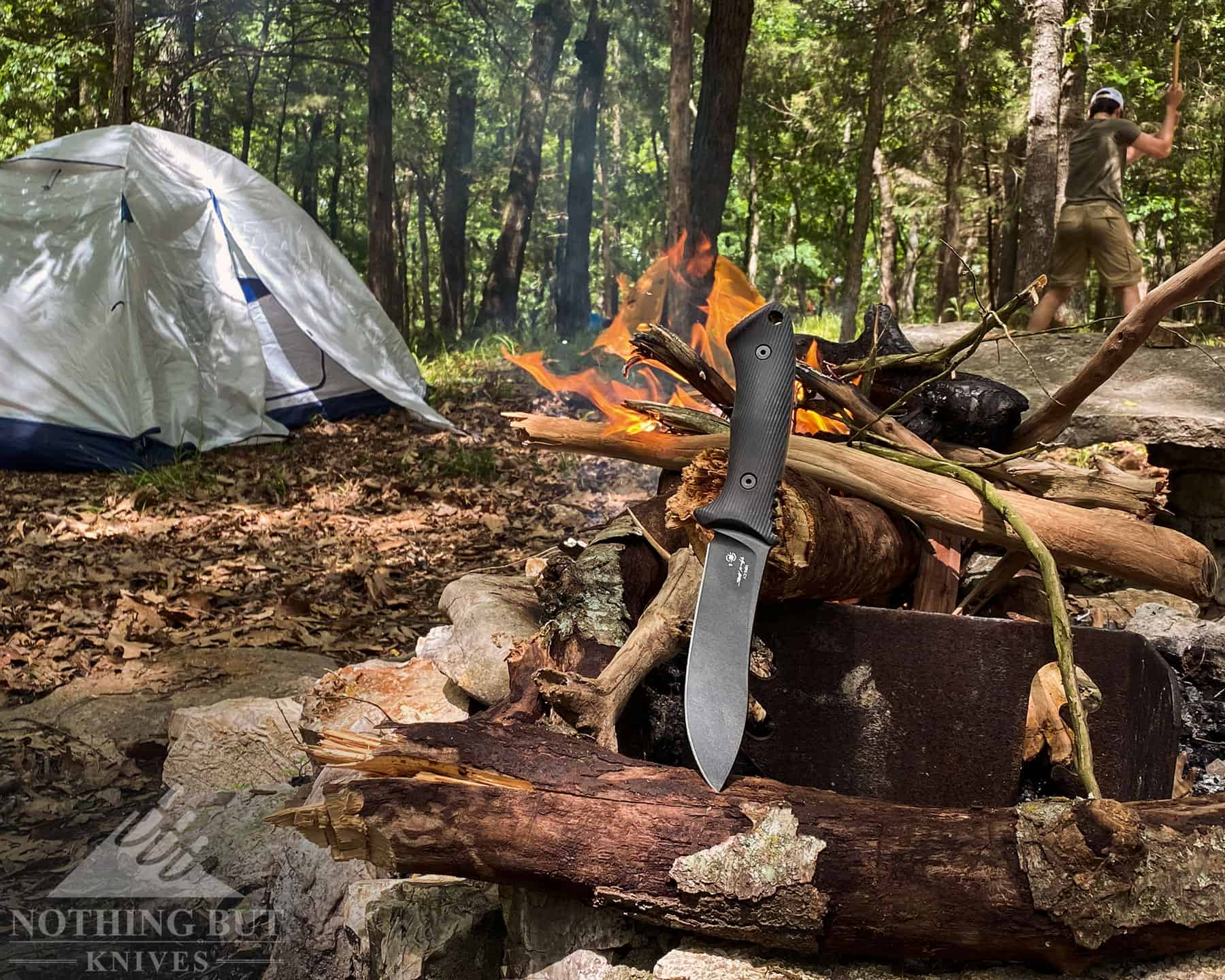
I took this knife on an extended float trip recently. I’m teaching some Scouts how to do wilderness canoe trips—Nessmuk’s specialty—and we are highly weight conscious. Portaging can be strenuous and carrying redundant cutting tools is frowned upon these days. In fact Scouts BSA (the new moniker for The Boy Scouts of America) is encouraging one-pocket-knife-per-canoe, which is criminal.
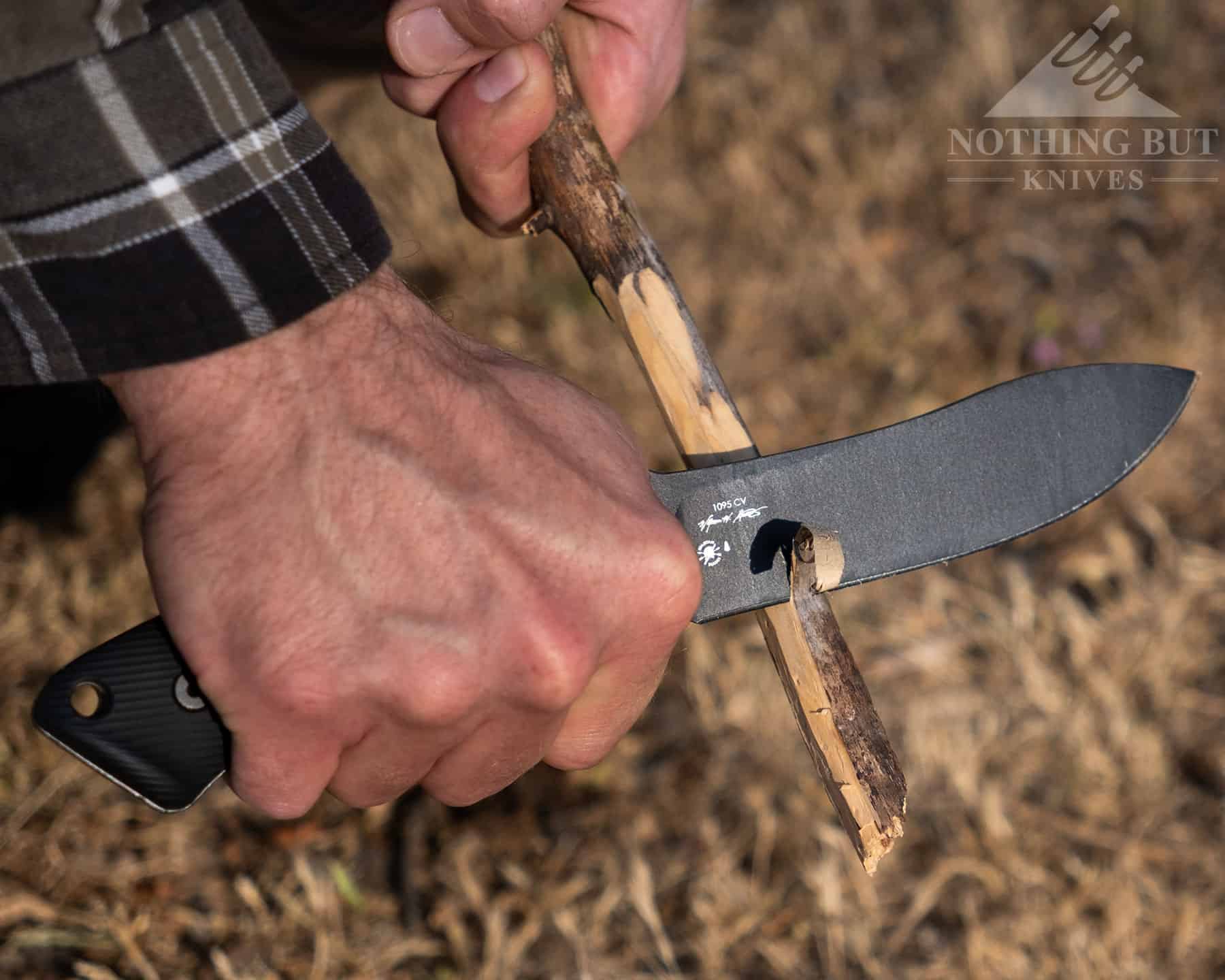
You may can guess how I feel about that policy. I hit the water with four knives (a fillet knife, a knife on my PFD, a Nessmuk style pocket knife, and this Spartan). For the record, I used all four. My son, who is more willing to carry weight, took both an axe and a hatchet (used the axe, but not the hatchet).
The first night, it dumped buckets. Everything was wet. I used the Spartan to split out juniper boughs we’d pulled form low-lying branches to start the fire. Later, we split driftwood into short lengths for cooking. Almost everything I did with this fixed blade was heavy work—heavier than what I would have done with a traditional Nessmuk.
The Sheath
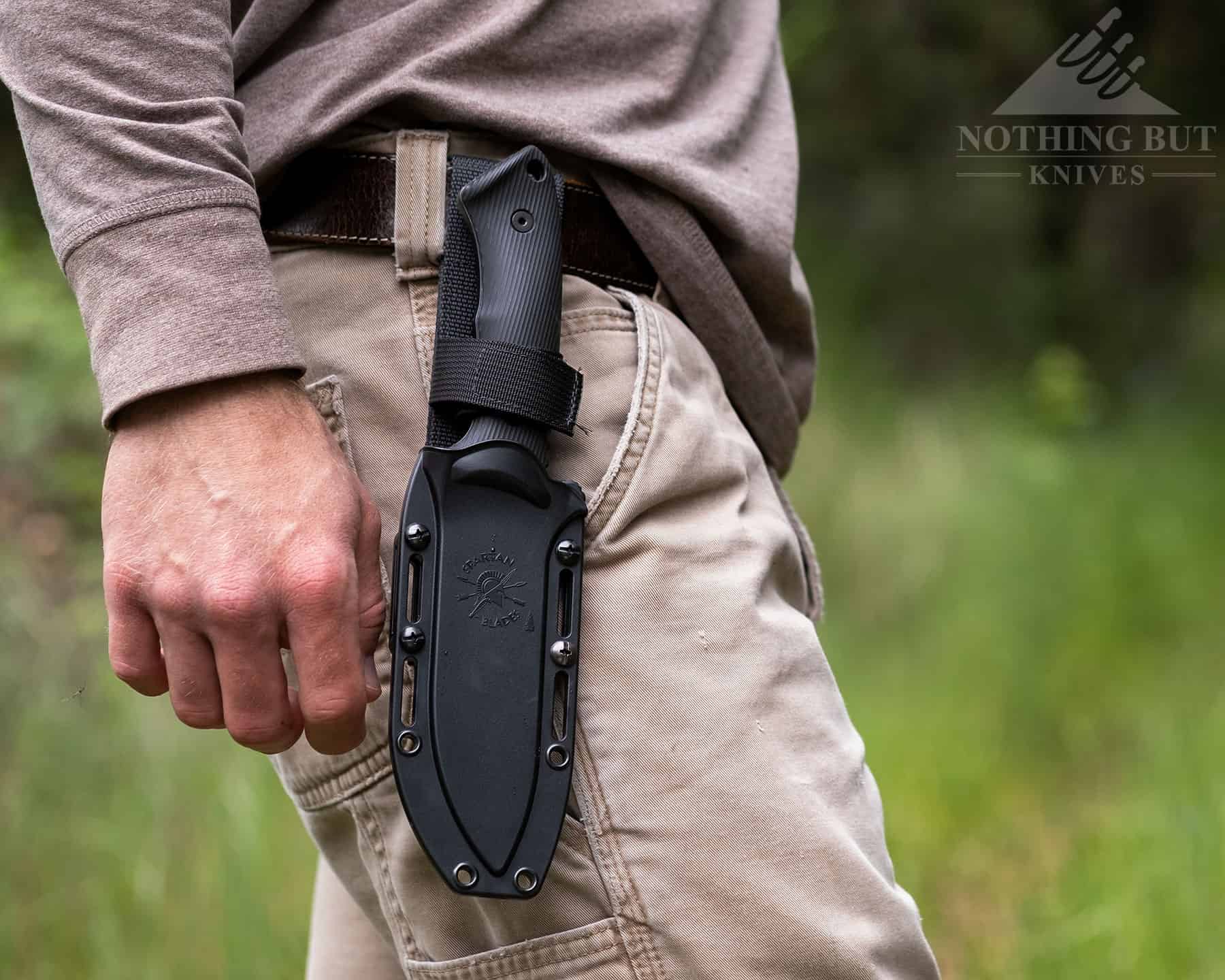
So many traditional designs are made or broken by their sheath. The first fixed blade I ever carried canoeing was a very epensive custom blade I’d bought and taken camping numerous times. Its sheath, though, was leather. I all but destroyed that sheath, and didn’t do the knife any favors, keeping it wet for 10 days.
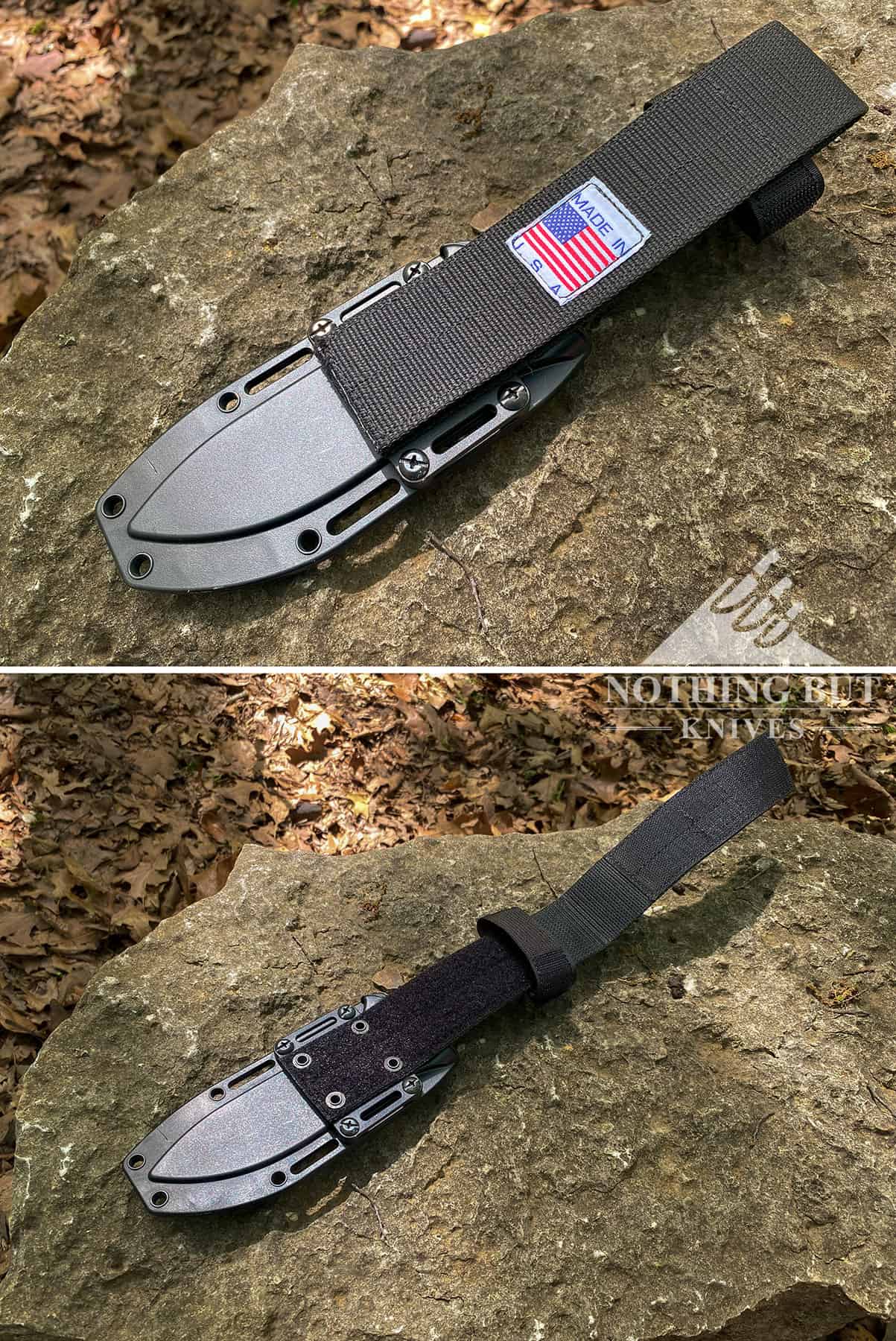
The Spartan sheath has a Velcro loop that allows it to attach to just about any belt width. The knife is held in place with a lock-lever that indexes on the deep jimping on the back of the handle. Though it is plastic—not typical for a Nessmuk sheath—it is exceptionally well vented, making this a solid choice for wet environments.
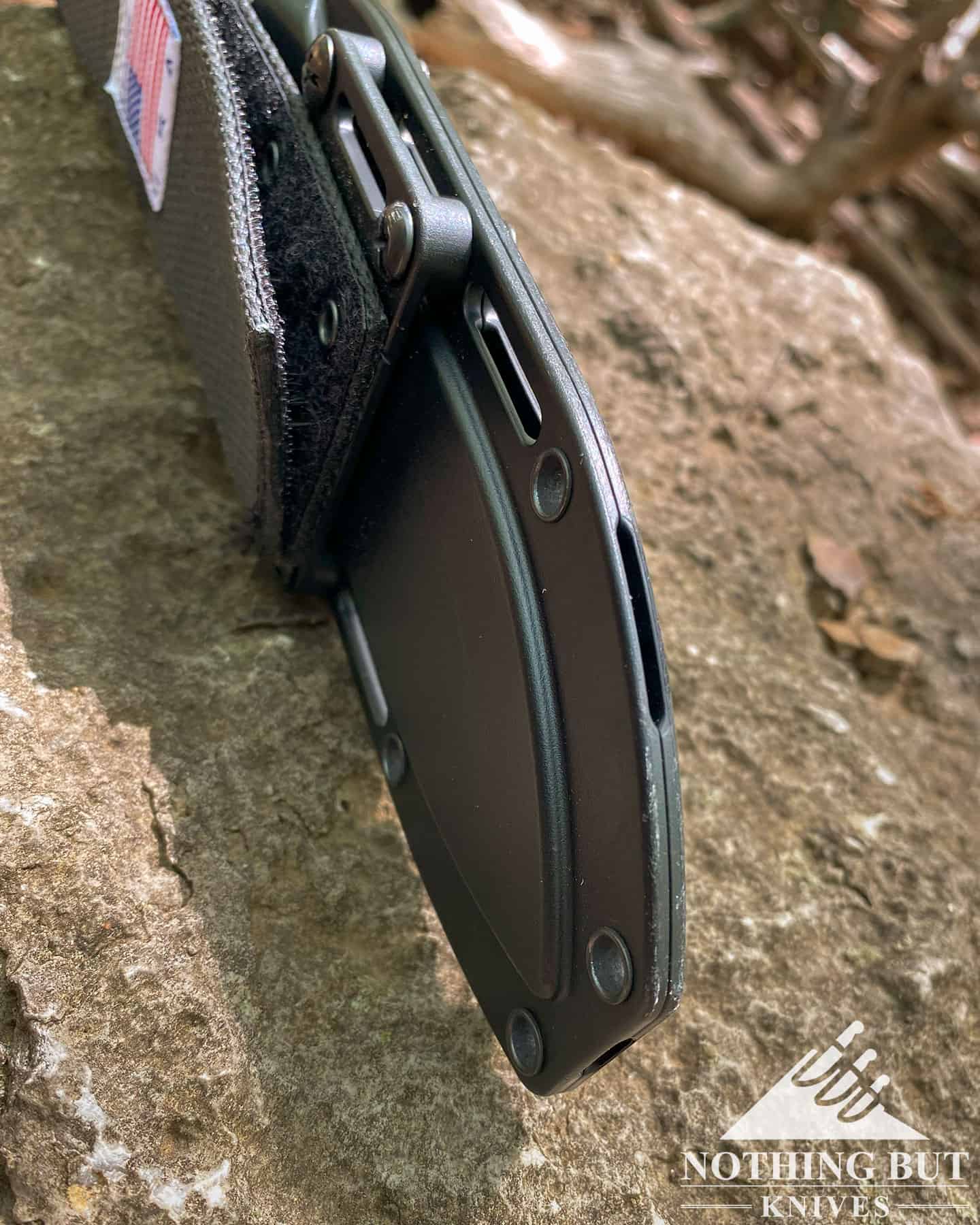
Most sheaths have one hole to drain. This one goes above and beyond using slits instead of round drain holes, and having three of them. There’s nowhere for water to hide.
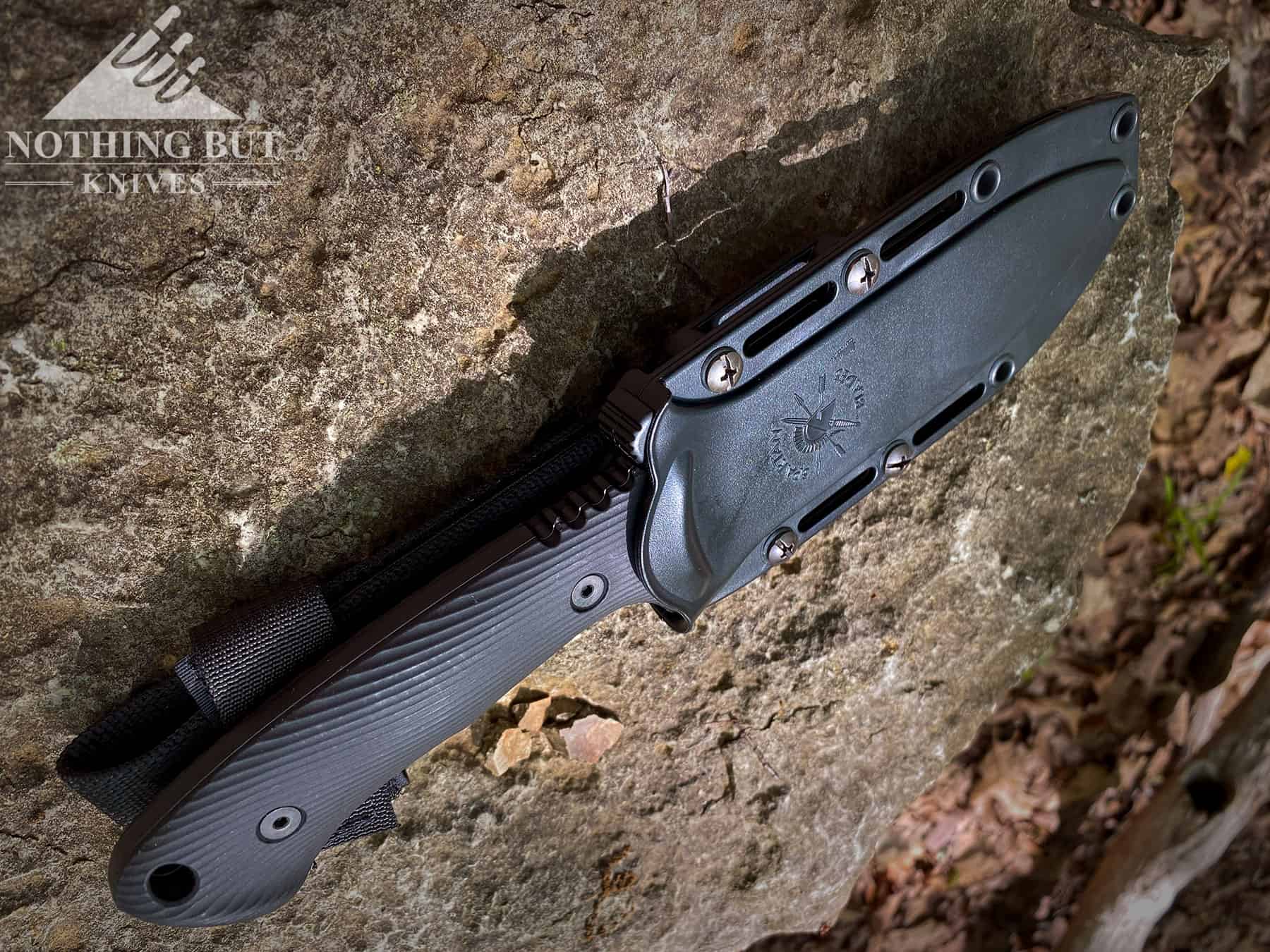
The downside to the sheath design is the thin strap that keeps the handle from flopping over. As this is a heavy knife, a knife with a heavy handle, this thin strap helps keep the handle from canting off to your side. Yet the thin Velcro piece feels really insubstantial when compared with the remainder of the build (both knife and sheath) and I had a hard time getting it reset right after I made the mistake of taking it off to look at it.
That, though, is getting picky. I could, and did, fix it easily enough. While I’d prefer a snap here, this works well enough to be called functional.
What about the Build Itself?
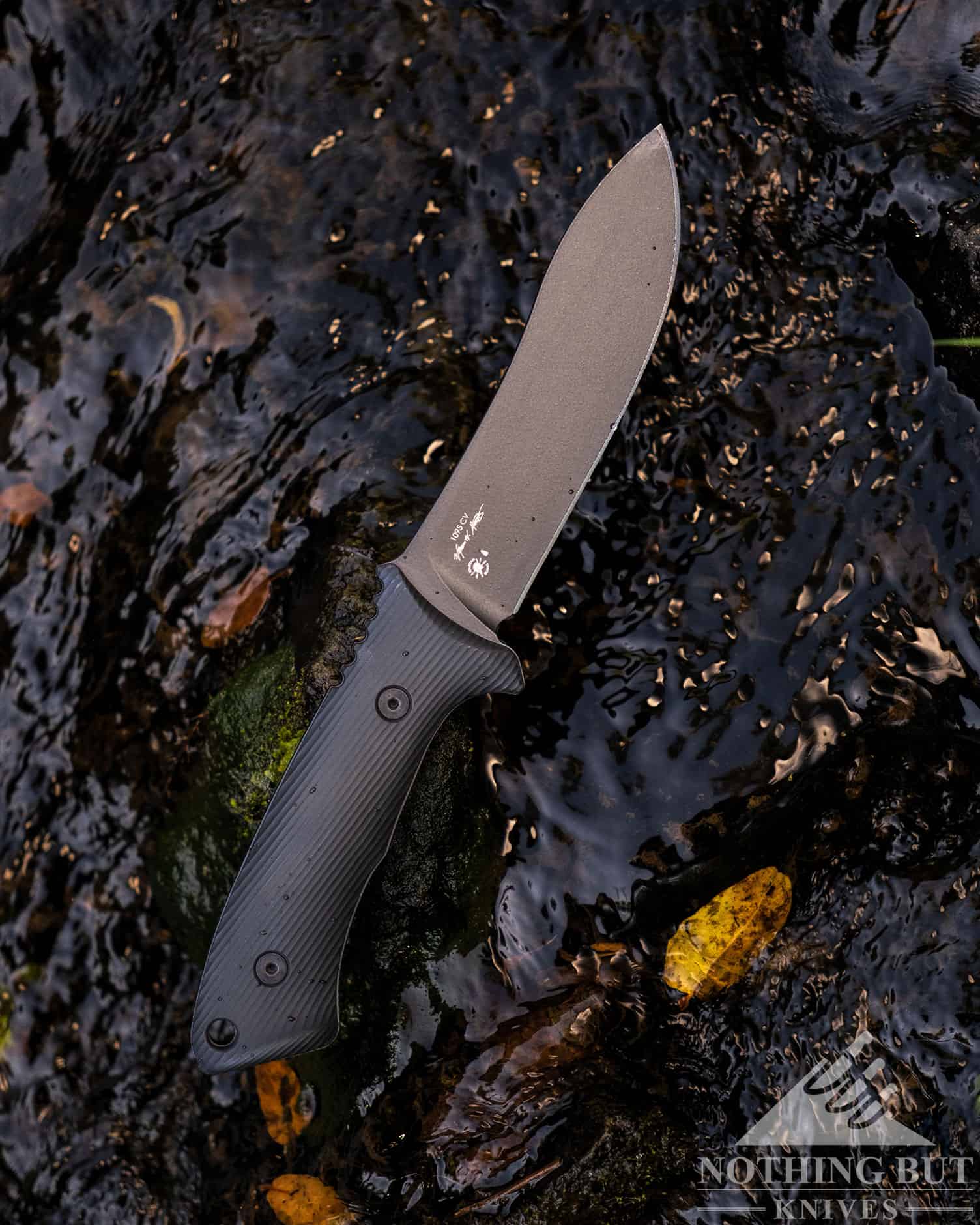
The Spartan-Harsey Nessmuk is an odd bird. The design itself, a beefed up Nessmuk, is the work of William W. Harsey Jr and the folks at Spartan Blades—but it is made by the folks at Ka-Bar, in New York.
Is it a mixed metaphor? Yes. Clearly this is a one-knife solution (or maybe one knife that does what the knife and axe would do). But the weight and ergonomics make this a fantastic option for heavy work.
In the end, I’d say this was an ideal option for anyone looking for a knife to carry in the woods. While it might be a good bit more knife than Nessmuk had in mind, it carries that tradition well into a third century.

I am very fond of the Nessmuk knives I own, but have wished for something more substantial; the Spartan-Harsey Profesional meets my needs perfectly! The picky cons of most reviews I’ve read are exactly what I was seeking (I was very distressed when one of my favorite YouTube reviewers virtually dismissed it out hand, and did not review it!) The co-op with Ka-Bar was a brilliant decision, and kept the knife within reach, financially, for those of us who do not choose to climb into the upper reaches of knifedom for those only ocasional camping and hiking opportunities! While my hiking trips are far more frequent, when camping I’d carry this paired with my Spartan-Harsey Professional Kukri, which would cover all those things at which this knife is not most adept!